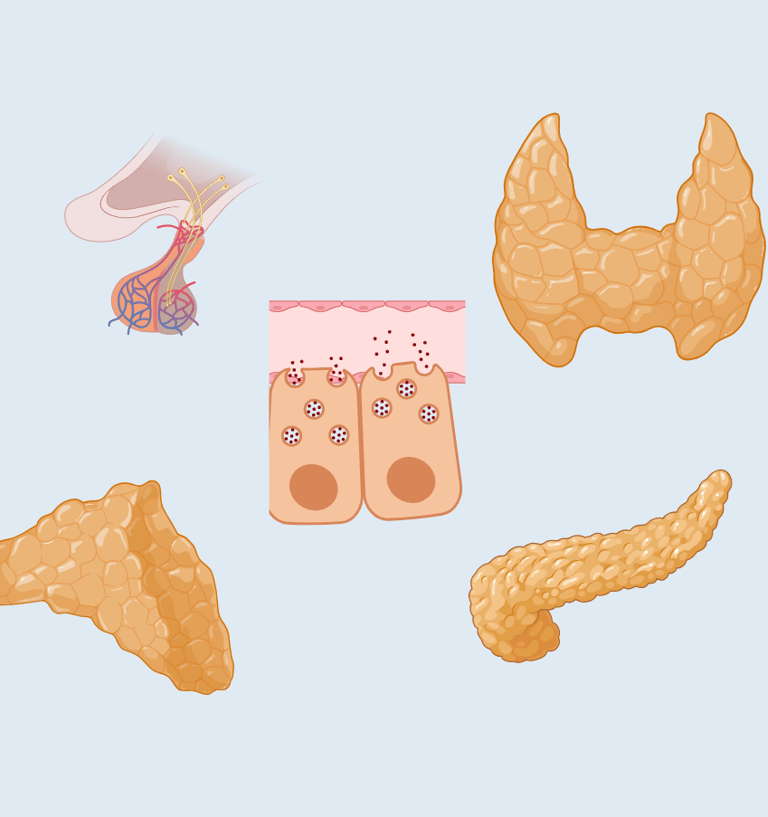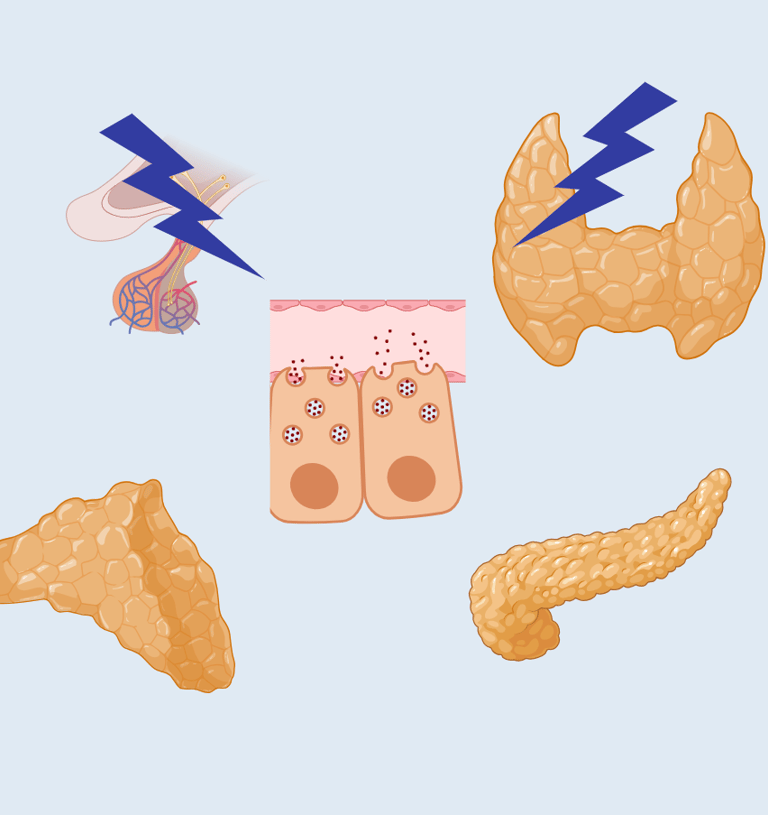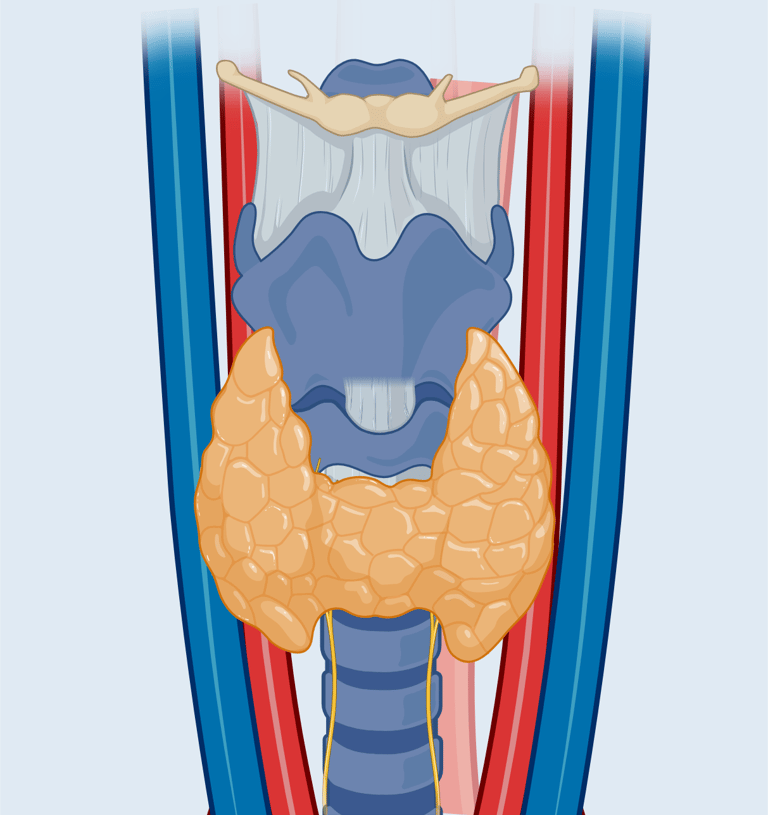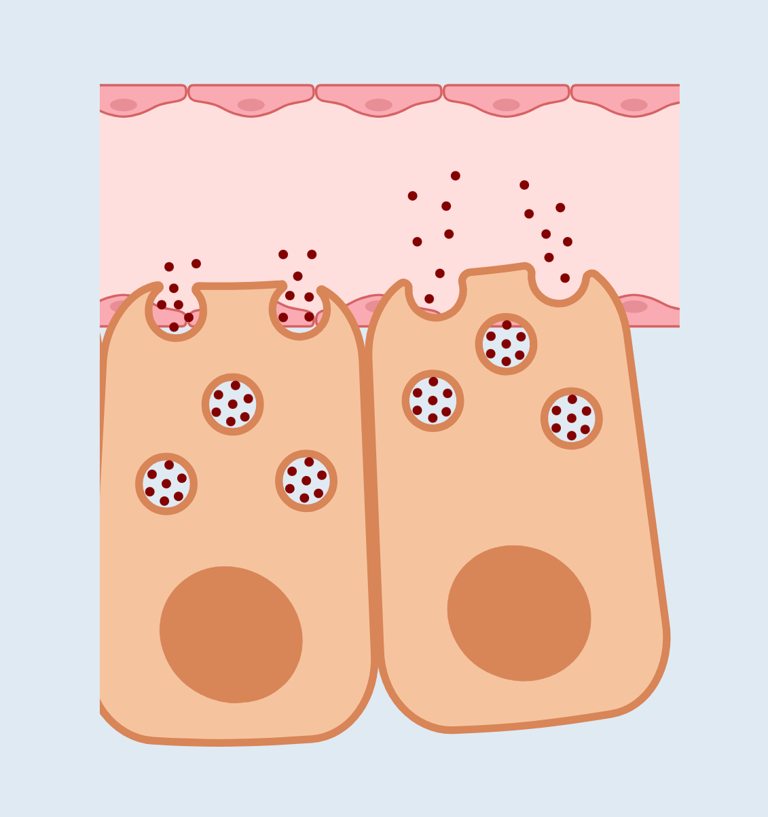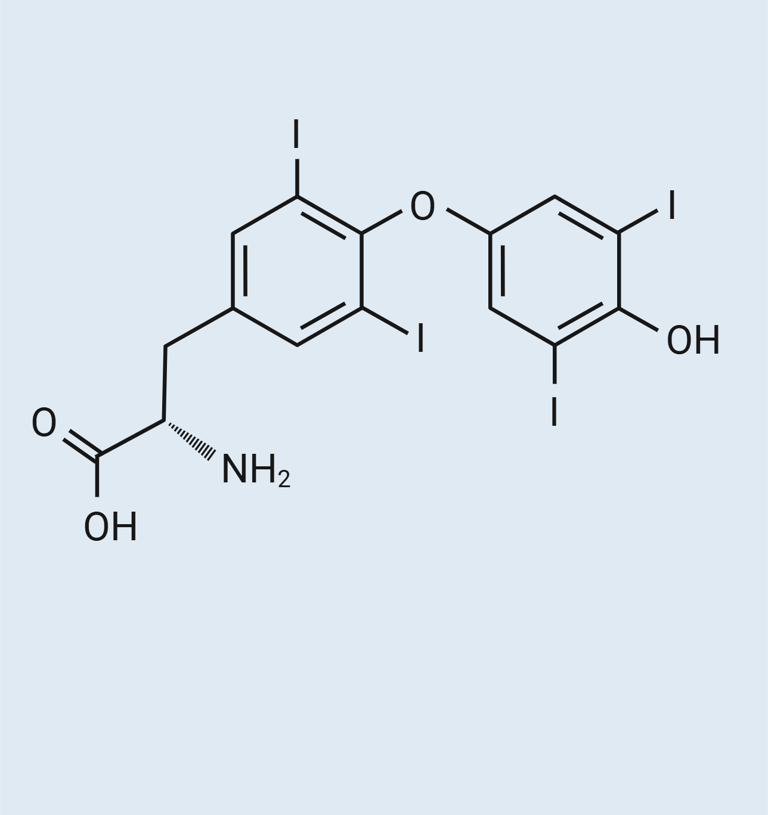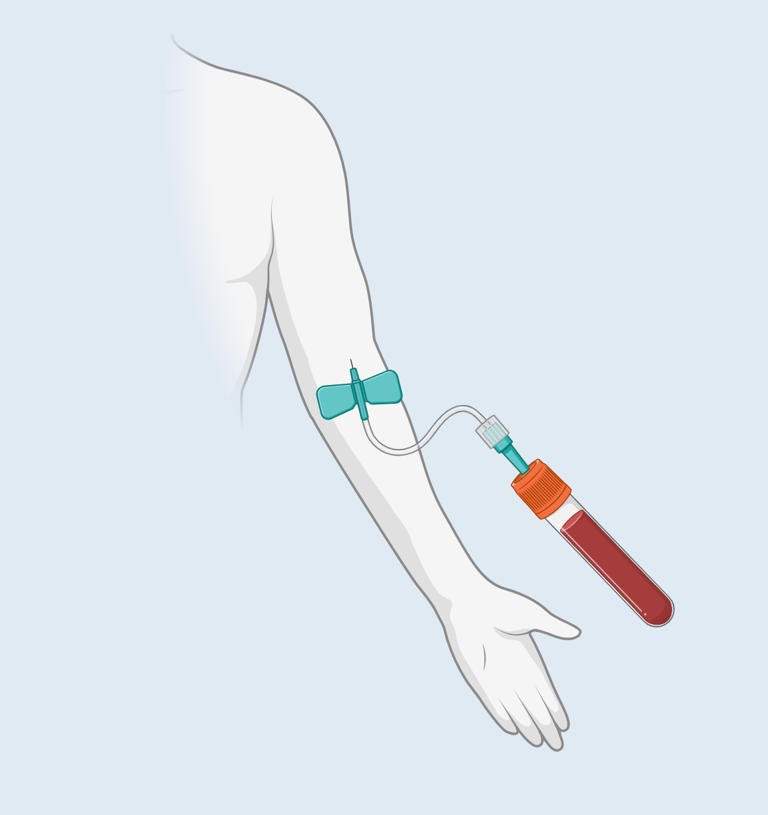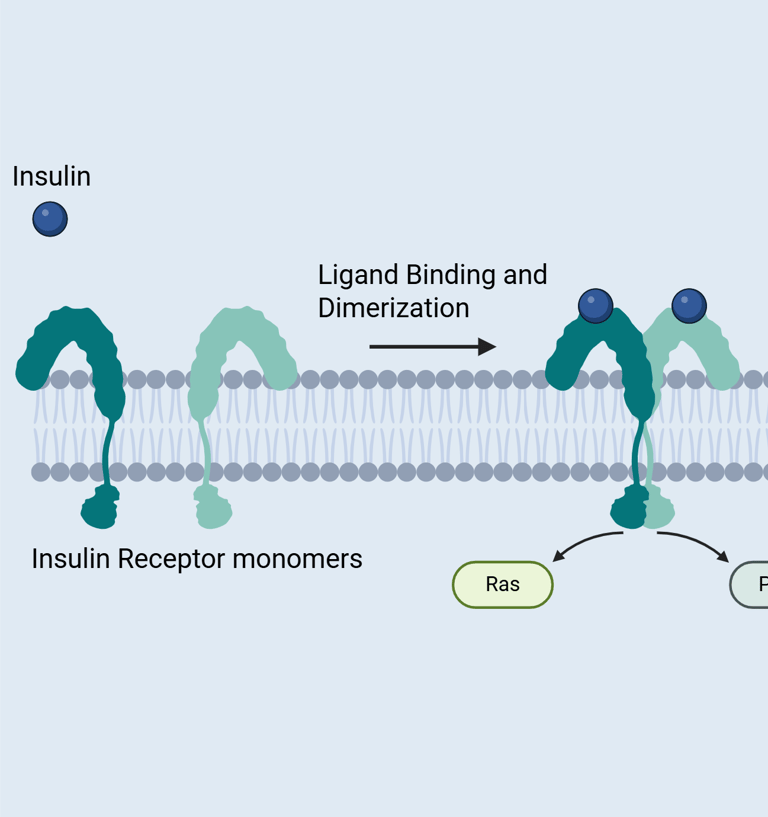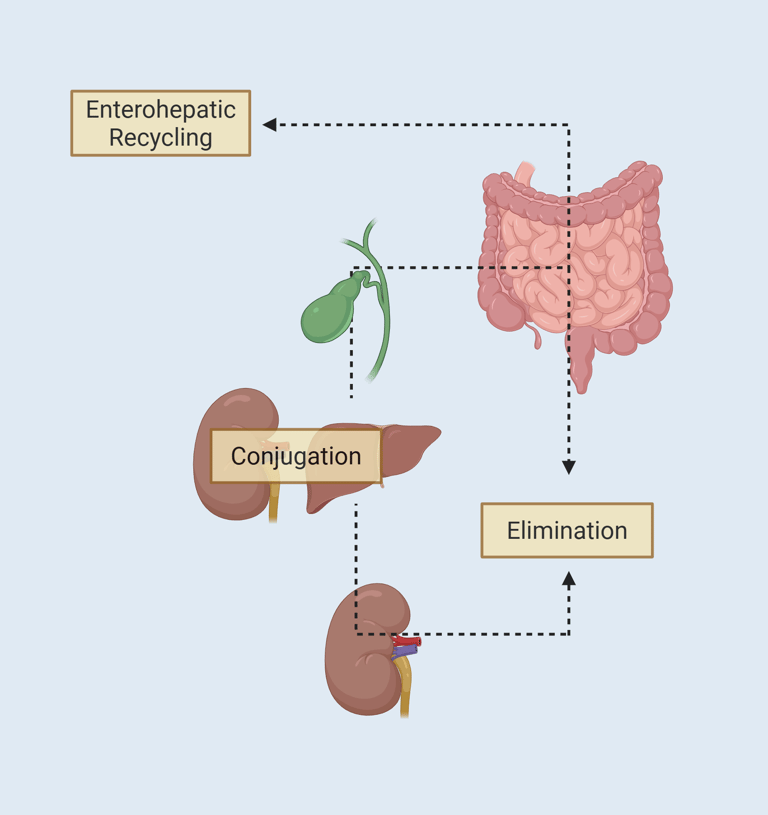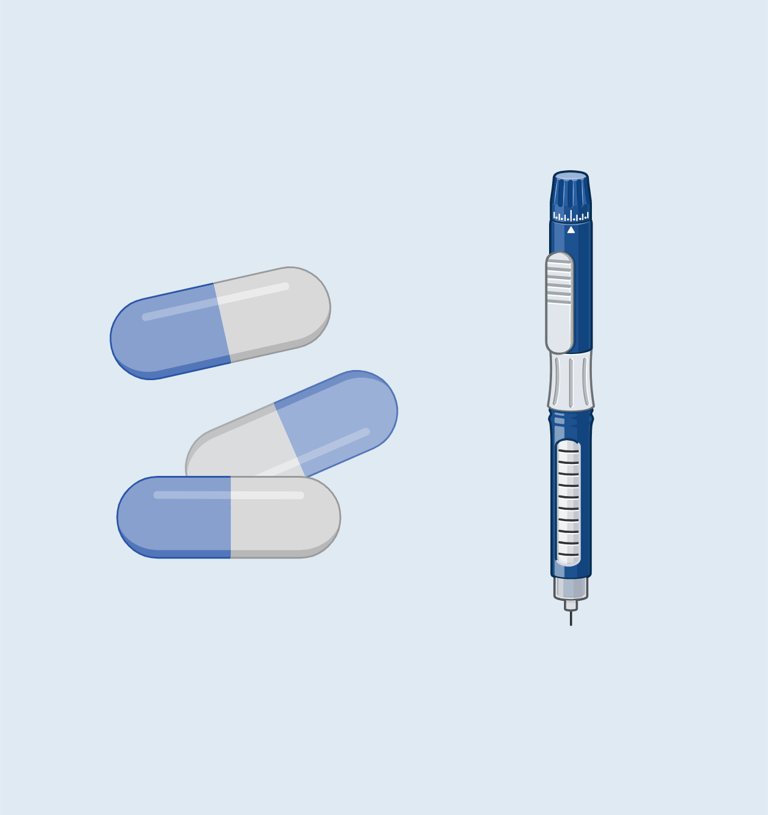In this segment, we will examine the fundamental components of the endocrine system and how they interact to maintain physiological balance. Our focus will be on the physiological and pathological processes that have significant clinical relevance and impact daily practice in endocrinology. A more detailed discussion of specific endocrine systems will follow in the clinical cases section. For an even deeper exploration of endocrine physiology and disease mechanisms, please refer to the references listed below.
The Importance of Understanding Physiology, Pathophysiology, Anatomy, and Pharmacology in Clinical Practice
Endocrinology is a specialty deeply rooted in physiology. Hormones orchestrate complex feedback systems, regulate multiple organ functions, and respond dynamically to internal and external stimuli. Consequently, both physiological and pathophysiological states can influence these systems and can present with a broad spectrum of clinical and biochemical alterations.
To make sense of endocrine disorders, one must think like a physiologist and act like a clinician. Understanding physiology is not optional—it’s the very language of endocrine pathology. Here's why:
Decoding Altered Lab Results: Endocrine lab values are frequently misinterpreted when viewed in isolation. Knowing the underlying physiological mechanisms allows the clinician to distinguish between a truly pathological result and one that is physiologically altered (e.g., non-thyroidal illness, stress responses, circadian variation).
Differentiating Diagnoses Through Understanding The Pathophysiological Mechanisms: Although two patients may present with the same clinical condition and similar symptoms, the underlying pathophysiology—and consequently, the appropriate management—can differ significantly. For instance, hyponatremia may result from syndrome of inappropriate antidiuretic hormone secretion (SIADH) in one patient and from adrenal insufficiency in another. Recognizing these distinctions is critical, as it can determine whether a patient receives timely, effective treatment or experiences unnecessary complications and prolonged morbidity.
Going Beyond Textbook Cases: Most real-life cases don’t come with bolded headers and classic presentations. A solid grasp of mechanisms allows clinicians to reason through atypical presentations and make confident decisions even when the case doesn’t “fit.”
Mechanism-Based Therapeutics: Choosing the right treatment is about more than matching drug to disease. It’s about understanding the “why” behind a drug’s action—whether it's choosing between anti-thyroid drugs, surgery, or radioactive iodine in Graves’ disease, or balancing glycemic control with cardiovascular risk in diabetes.
This approach supports the mastery of endocrinology by fostering deep understanding rather than rote memorization.
All Illustrations are created in https://BioRender.com
Principles of Endocrine Function and Dysfunction and Clinical Implications
References
All Illustrations on this page are created in https://BioRender.com
Melmed. Williams Textbook of Endocrinology. 13th edition. PDF (2016) [PDF] | Online Book Share https://epage.pub/doc/melmed-williams-textbook-of-endocrinology-13th-edition-pdf-2016-e38eojgrq3
„Acta Endocrinol (Copenh) . 1993 Jun;128(6):503-7. doi: 10.1530/acta.0.1280503.“, o. J.
Haddad, R.A., Giacherio, D. & Barkan, A.L. Interpretation of common endocrine laboratory tests: technical pitfalls, their mechanisms and practical considerations. Clin Diabetes Endocrinol 5, 12 (2019). https://doi.org/10.1186/s40842-019-0086-7
Bany Bakar, Rula, Frank Reimann, und Fiona M. Gribble. „The Intestine as an Endocrine Organ and the Role of Gut Hormones in Metabolic Regulation“. Nature Reviews Gastroenterology & Hepatology 20, Nr. 12 (Dezember 2023): 784–96. https://doi.org/10.1038/s41575-023-00830-y.
Gribble, Fiona M., und Frank Reimann. „Function and Mechanisms of Enteroendocrine Cells and Gut Hormones in Metabolism“. Nature Reviews Endocrinology 15, Nr. 4 (April 2019): 226–37. https://doi.org/10.1038/s41574-019-0168-8.
Haddad, Raad A., Donald Giacherio, und Ariel L. Barkan. „Interpretation of Common Endocrine Laboratory Tests: Technical Pitfalls, Their Mechanisms and Practical Considerations“. Clinical Diabetes and Endocrinology 5, Nr. 1 (Dezember 2019): 12. https://doi.org/10.1186/s40842-019-0086-7.
Krčmová, Lenka Kujovská, Bohuslav Melichar, und František Švec. „Chromatographic Methods Development for Clinical Practice: Requirements and Limitations“. Clinical Chemistry and Laboratory Medicine (CCLM) 58, Nr. 11 (25. Oktober 2020): 1785–93. https://doi.org/10.1515/cclm-2020-0517.
Kronenberg, Henry M., Shlomo Melmed, P. Reed Larsen, und Kenneth S. Polonsky. „Principles of Endocrinology“. In Williams Textbook of Endocrinology, 1–11. Elsevier, 2016. https://doi.org/10.1016/B978-0-323-29738-7.00001-0.
Kumar, Devendra, Nagsen Gautam, und Yazen Alnouti. „Analyte Recovery in LC-MS/MS Bioanalysis: An Old Issue Revisited“. Analytica Chimica Acta 1198 (März 2022): 339512. https://doi.org/10.1016/j.aca.2022.339512.
„Analyte Recovery in LC-MS/MS Bioanalysis: An Old Issue Revisited“. Analytica Chimica Acta 1198 (März 2022): 339512. https://doi.org/10.1016/j.aca.2022.339512.
Lazar, Mitchell A., und Morris J. Birnbaum. „Principles of Hormone Action“. In Williams Textbook of Endocrinology, 18–48. Elsevier, 2016. https://doi.org/10.1016/B978-0-323-29738-7.00003-4.
Loriaux, Lynn. „Clinical Endocrinology“. In Williams Textbook of Endocrinology, 12–17. Elsevier, 2016. https://doi.org/10.1016/B978-0-323-29738-7.00002-2.
Ma, Xiangui, Wenyue Gao, Fangxin Du, Fan Yuan, Jing Yu, Yiran Guan, Neso Sojic, und Guobao Xu. „Rational Design of Electrochemiluminescent Devices“. Accounts of Chemical Research 54, Nr. 14 (20. Juli 2021): 2936–45. https://doi.org/10.1021/acs.accounts.1c00230.
Majithia, Amit R., David Altshuler, und Joel N. Hirschhorn. „Genetics of Endocrinology“. In Williams Textbook of Endocrinology, 49–68. Elsevier, 2016. https://doi.org/10.1016/B978-0-323-29738-7.00004-6.
Norman, Anthony W., und Gerald Litwack. Hormones. Academic Press, 1997.
Tell, Guy P., France Haour, und José M. Saez. „Hormonal regulation of membrane receptors and cell responsiveness: A review“. Metabolism 27, Nr. 10 (1. Oktober 1978): 1566–92. https://doi.org/10.1016/S0026-0495(78)80029-8.
Toni, R. „The Neuroendocrine System: Organization and Homeostatic Role“. Journal of Endocrinological Investigation 27, Nr. 6 Suppl (2004): 35–47.
Walker, Valerie, und Graham A Mills. „Solid-Phase Extraction in Clinical Biochemistry“. Ann Clin Biochem, o. J.
Wheeler, Michael J., Hrsg. Hormone Assays in Biological Fluids. Bd. 1065. Methods in Molecular Biology. Totowa, NJ: Humana Press, 2013. https://doi.org/10.1007/978-1-62703-616-0.
Willnow, Thomas E., und Anders Nykjaer. „Cellular Uptake of Steroid Carrier Proteins—Mechanisms and Implications“. Molecular and Cellular Endocrinology 316, Nr. 1 (März 2010): 93–102.https://doi.org/10.1016/j.mce.2009.07.021.
© 2025 EndoCases. All rights reserved.
This platform is intended for medical professionals, particularly endocrinology residents, and is provided for educational purposes only. It supports learning and clinical reasoning but is not a substitute for professional medical advice or patient care. The information is general in nature and should be applied with appropriate clinical judgment and in accordance with local guidelines.
All of the content is independent of my employer.
Use of this site implies acceptance of our Terms of Use
Contact us via E-Mail: contact@endo-cases.com
